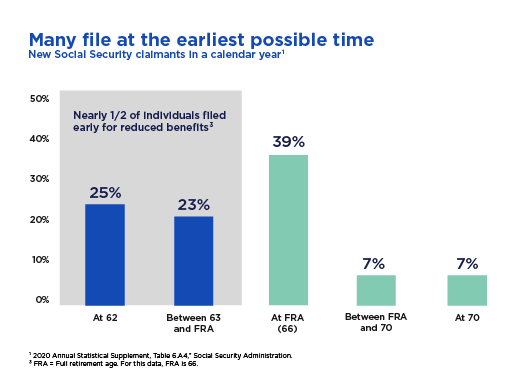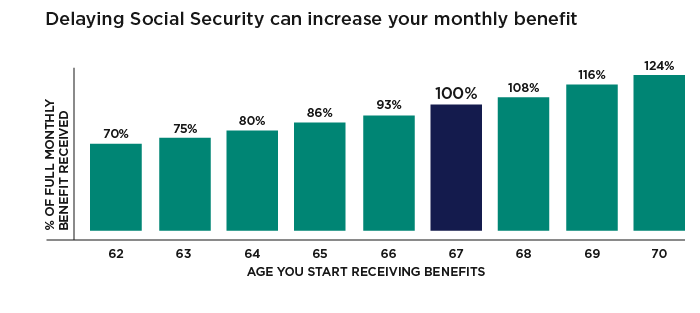Social Security 101
PNW-0903AO
Social Security gives you:
- Guaranteed lifetime income
- Benefits that are adjusted for inflation
- Survivor benefits
- Preferential tax treatment compared with ordinary income
PNW-0903AO
Get education on demand to go deeper into Social Security

